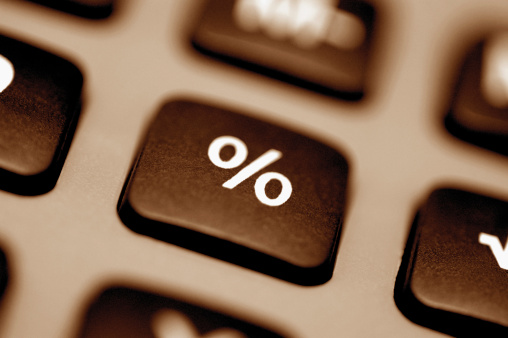Investing
As Interest Rates Hit 2014 Lows, Fed Fund Futures See Later Rate Hikes
Published:
Last Updated:
The financial markets just keep facing the same conundrum, over and over … and over. The common belief has been for years now that interest rates would rise, perhaps handily, when the Federal Reserve ends its bond buying and starts to raise interest rates. Despite the common belief remaining in place that the Fed will begin raising interest rates in 2015, it almost seems illogical on the surface that interest rates would be falling rather than rising.
On top of that, interest rates in Europe and the United States are hitting the lows of 2014 — with the fear of a 10% stock market correction looking more fruitful each day.
There are several things happening at once here. First is Europe, both in a slowing economy and in deflationary pressure. We noted recently that Mario Draghi has started to sound like a defeated man that has no bullets left to create stimulus. Russian sanctions have taken their toll, and Germany seems more interested in balanced budgets than anything.
October will officially be the end of the Fed’s bond buying activities. The real question is what to think about interest rate hikes next year, even more so than when the Fed will start slowly selling a portion of what is getting close to a $4.5 trillion balance sheet. Fed Funds futures had been factoring in rate hikes by June of 2015 in previous weeks, but the new Fed Funds futures are now not pricing in a 100% certainty of a 0.25% Fed Funds rate until September of 2015.
U.S. Treasury Bond rate for the two-year note was 0.37% on late Tuesday. The two-year note had previous yields of 0.50% last week and 0.56% in the past month. Germany’s yield is negative, literally, at -0.05% now. The U.K. yield is 0.60% for its two-year note.
The U.S. 10-year note had a yield of 2.20% late Tuesday. The yield was previously 2.34% last week and 2.61% in the last month. Overseas, the Germany bund yield is now only 0.84% and the U.K. gilt yield 2.13%.
The U.S. 30-year long bond had a yield of 2.95% late on Tuesday. The yield was previously 3.05% last week and 3.34% in the last month. Against Europe, this compares to a yield of only 1.76% in German bunds and 2.86% in U.K. gilts.
ALSO READ: The Best Economies in the World
The average American spends $17,274 on debit cards a year, and it’s a HUGE mistake. First, debit cards don’t have the same fraud protections as credit cards. Once your money is gone, it’s gone. But more importantly you can actually get something back from this spending every time you swipe.
Issuers are handing out wild bonuses right now. With some you can earn up to 5% back on every purchase. That’s like getting a 5% discount on everything you buy!
Our top pick is kind of hard to imagine. Not only does it pay up to 5% back, it also includes a $200 cash back reward in the first six months, a 0% intro APR, and…. $0 annual fee. It’s quite literally free money for any one that uses a card regularly. Click here to learn more!
Flywheel Publishing has partnered with CardRatings to provide coverage of credit card products. Flywheel Publishing and CardRatings may receive a commission from card issuers.
Thank you for reading! Have some feedback for us?
Contact the 24/7 Wall St. editorial team.